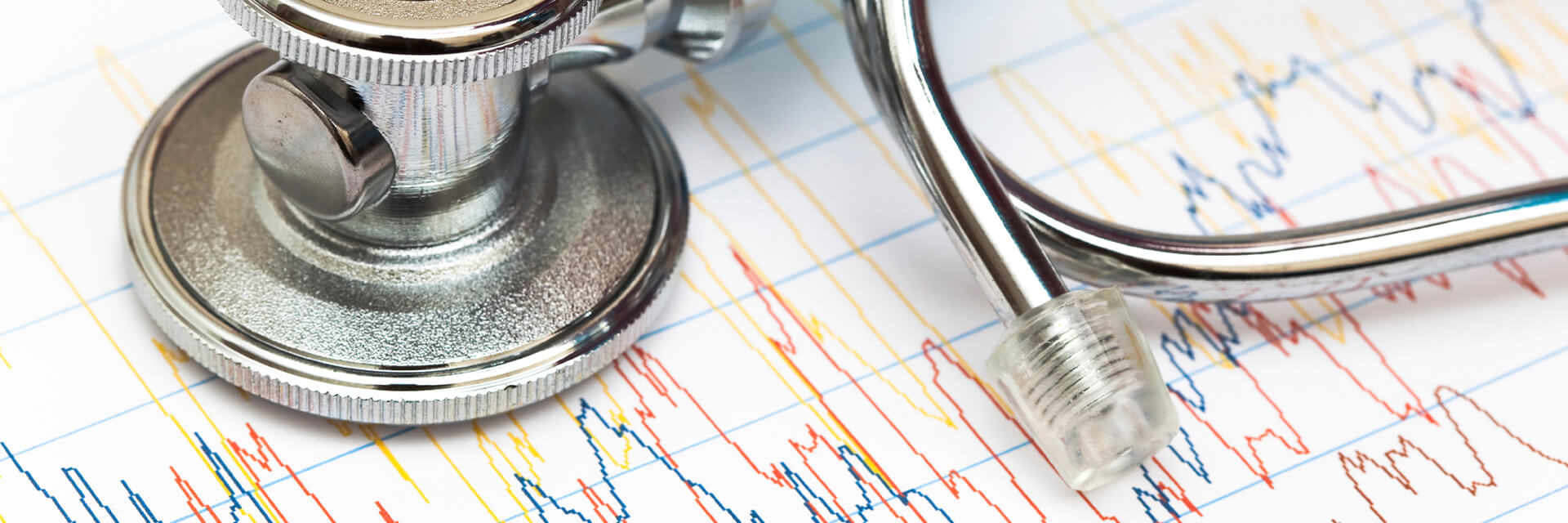
Patient Responsibility: A Growing Concern for Health Care Providers
- Published
- Jan 30, 2017
- Share
Fueled by a combination of factors, patient responsibility collections, or reimbursement collected directly from patients as opposed to Medicare or insurance companies, are becoming increasingly concerning for health care providers nationwide. These patient collections are increasing in size/value and are comparatively difficult to collect; having both a lower rate of collection success and a longer collection timeline compared to Medicare and standard insurance companies. This combination is resulting in the erosion of bottom lines across the industry. Small physicians/groups and large hospitals/systems alike are impacted by this trend and are actively seeking methods to improve collections performance on this increasingly important piece of their overall collections pie.
Over the past decade, high deductible health plans (“HDHP”), or those with deductibles above $1,600 for individuals and $2,600 for families, have been rapidly growing in popularity. This trend has been escalated in part by the individual marketplaces born through the Affordable Care Act, where, according to a report by Health Affairs, almost 90% of enrollees are in a plan with a deductible beyond the qualifying threshold for an HDHP. Increased enrollment in these plans leads to increased patient responsibility collections, highlighted by a Kaiser Family Foundation report which indicates the average annual out-of-pocket costs per patient rose almost 230% between 2006 and 2015.
Providers and administrators are attacking the problem through approaches on both the front end and the back end of the billing process. On the front end, a push to increase transparency and accountability to the patient along with the utilization of today’s payment methods are keys to improving the collections process. This includes a range of efforts from estimating patient responsibility before services are provided, taking credit card information with an agreement to charge the balance automatically upon completion of services, and patient education around their plans, deductibles, and estimated likely costs.
On the back end of the process (collecting of accounts receivable), sophisticated data analytics are being utilized to increase the efficiency and improve the level of success in collecting outstanding patient balances. Digging into the patient receivables using new and intuitive metrics allows billing and collections teams to focus their efforts and tailor their approach to collecting outstanding balances on an account-by-account basis, a vast improvement over the outdated method of simply sending a past due balance letter to all accounts.
The increase in patient out-of-pocket costs and the difficulty surrounding their collection is yet another hurdle today’s physicians and systems are facing. Those that take action now to improve their processes and technology on both the front and back end of the collections cycle will better position themselves to successfully navigate the issue, and maintain their bottom line.
Contact EisnerAmper
If you have any questions, we'd like to hear from you.
Receive the latest business insights, analysis, and perspectives from EisnerAmper professionals.










